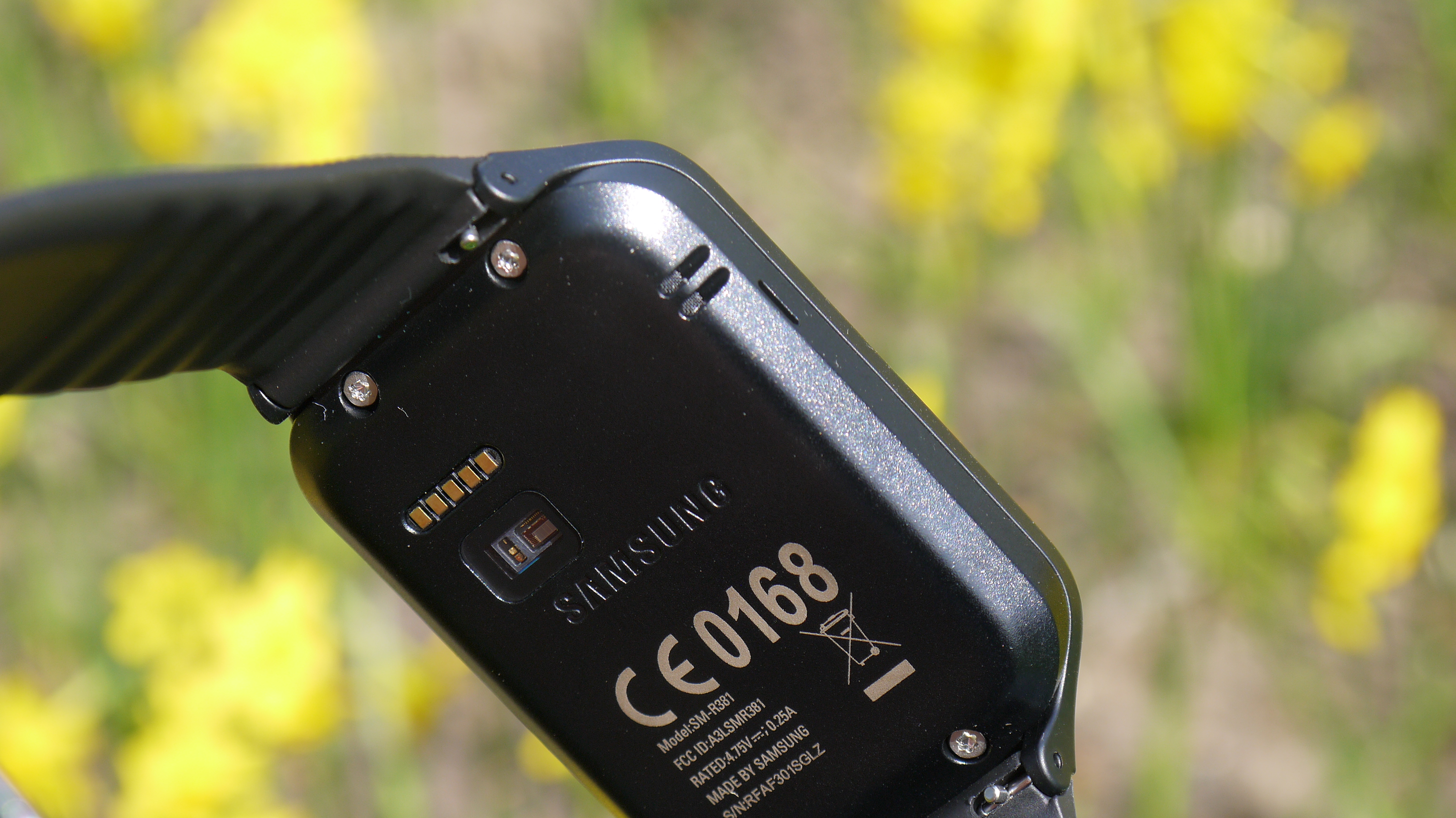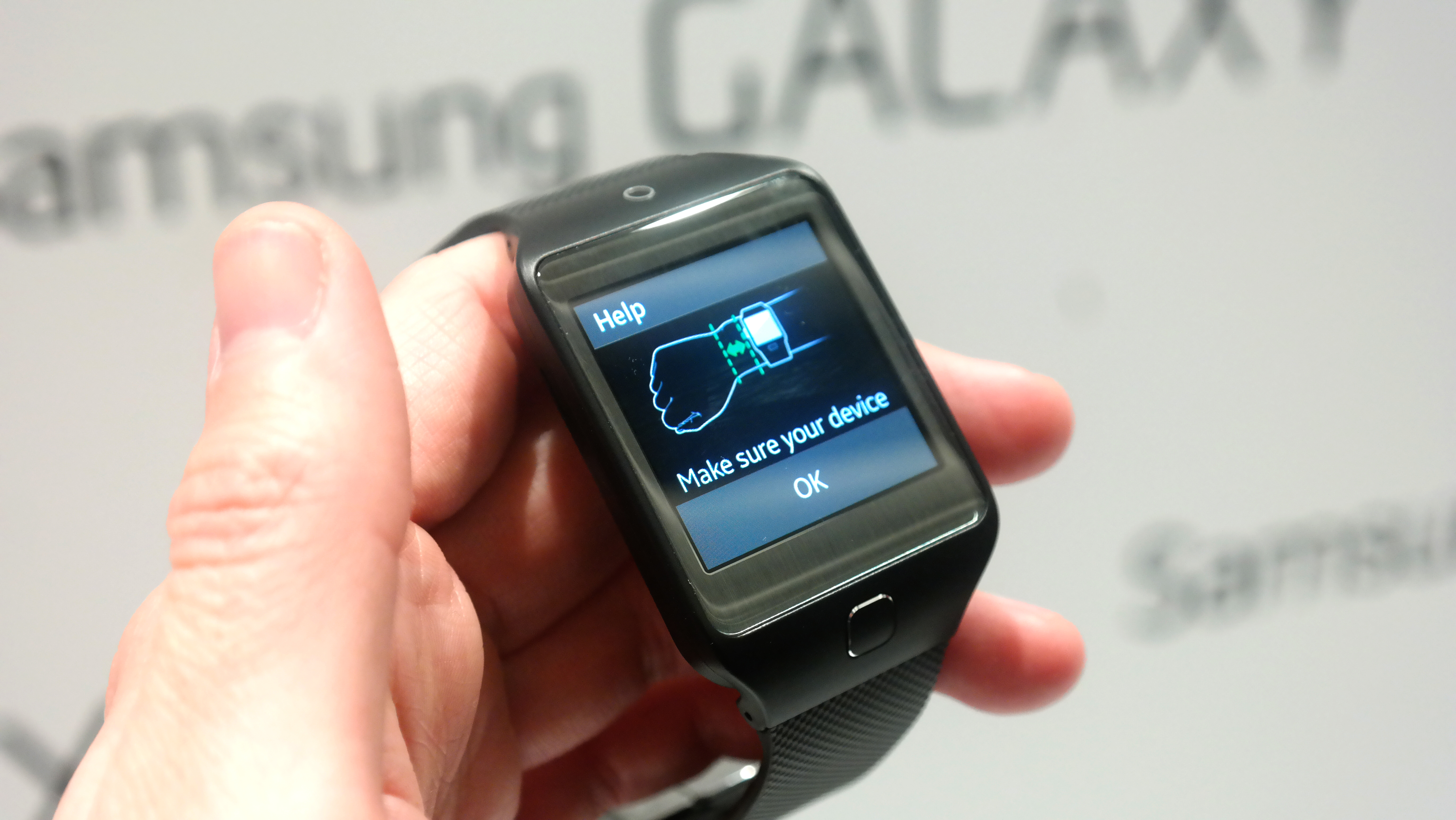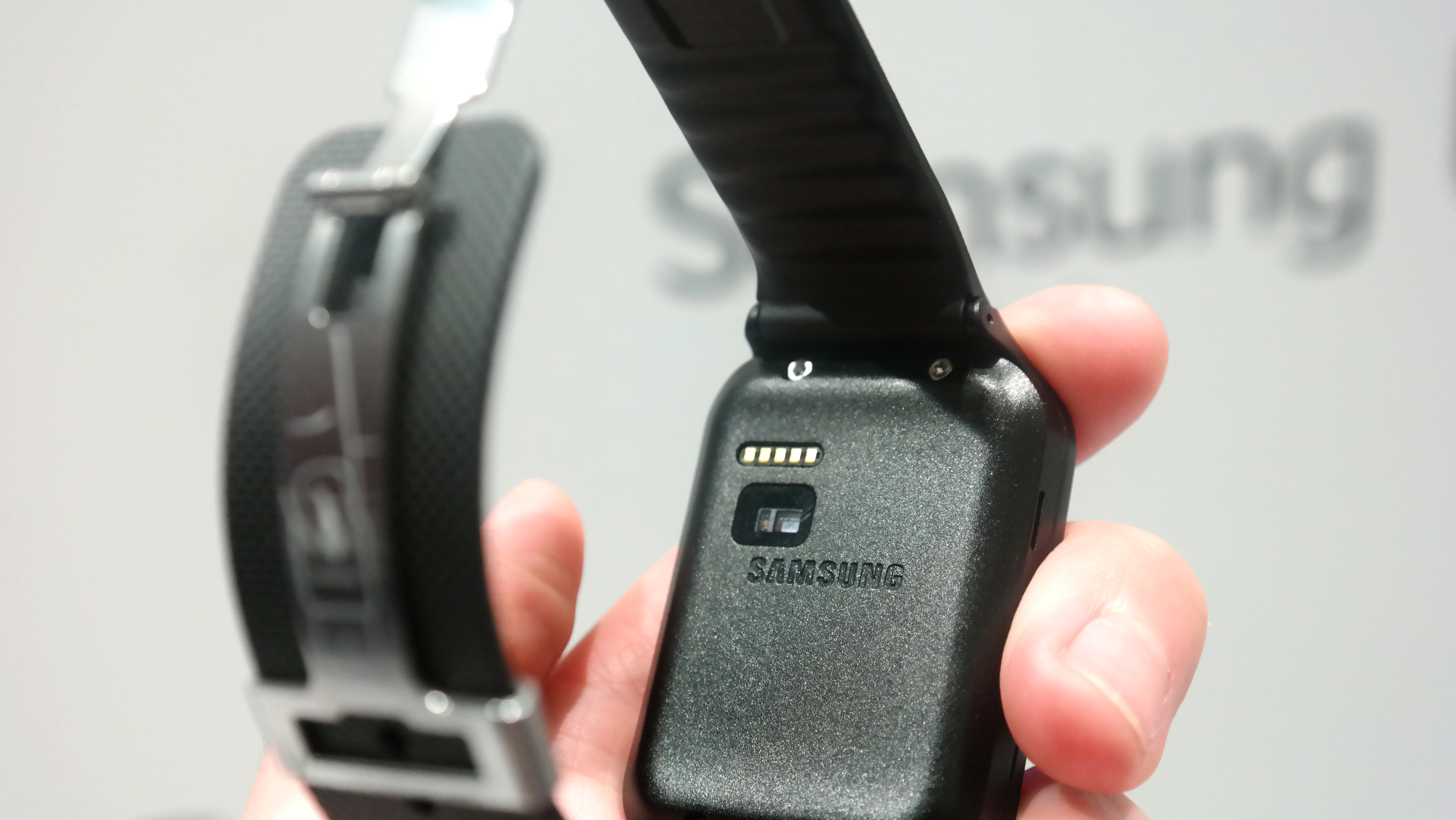Why you can trust TechRadar
With the Gear 2 Neo, like the Gear 2, the clear step forward is fitness - namely, the ability to track your daily steps (something we saw in the first version) and actually add in exercise as well.
I used it primarily as a running model - I'm not even sure HOW to hike, let along go out on a dedicated ramble - and I did find there were some advantages to the running watches I'm used to testing.
For one, without GPS it's a lot faster to get going. The heart rate monitor, which I'm about to come onto, is the only thing that takes any time, asking you to stay still and quiet before beginning your run.
The pedometer seems pretty accurate at working out your stride rate, but only at slowing down and speeding up constantly. However, combined with the heart rate monitor (and knowing all my vital information, such as height, weight and workout frequency) it still struggled to adequately work out how many calories had been burnt in a specific session.

And like any running watch that's shorn of GPS it's not going to be anywhere near as accurate as one that can follow where you're going – and that's the case with the Gear 2 Neo.
It's really inaccurate compared to that GPS tracking, and also with a peer: I tested the Gear 2 Neo with the Gear 2 and Adidas' SmartRun watch, which packs satellite location tracking.
The Gear 2 Neo and Gear 2 offered a 100 step difference, couldn't agree on the average speed and said I'd travelled 7.85km and 8.02km respectively on an 8.6km run.
It's hard to estimate how far off it is in terms of a percentage, as even GPS has variations for trees and buildings, but if you're a serious runner then this definitely isn't the watch for you – but then again, you probably knew that.
The only issue is that if you're a novice fitness enthusiast, which is the market this is aiming for, then you need to have confidence in the gamification.
But the pedometer isn't accurate, your stride rate and speed isn't correct and while the heart rate monitor is accurate compared to other such optical sensors, it's just not robust enough as a package for anyone that's thinking of moving to this integrated watch from a dedicated running platform.
At least it's consistent in its inaccuracy, so you'll probably be able to see the improvement you need, but it's infuriating that Samsung can't get this right.
What's more irritating is that the cycling and hiking sections do use GPS from the phone to give info. I understand Samsung's thinking, that people would rather not have a phone on them when sprinting around, but the option would be great.
I've asked time and again for those brands with a watch and an app to allow them to run as a second screen, and Samsung clearly can do this, but with running refuses to allow it.
Cycling seems to have been smoothed out since the debacle on the Gear 2 test - while it still showed insane top speeds of 50MPH at times, the overall assessment showed more realistic feedback and added itself well into the S Health program on the main smartphone.
An update brought in Coaching for running, which adds in something utterly perplexing: a Training Effect, shown as TE. You're asked to run to a certain speed, which will lead to a score. 1.9 is easy, 2.5 is moderate, 3.5 is improving.
There's nothing above that, and anyone that's completed a 5k run without stopping will find that level far too low. I get that some people will find that a challenge, but given the Gear 2 can offer a TE of over 5 quite easily it's annoying you can't get coaching to get you there.
There's also still a glitch in the fitness matrix with the syncing between the Gear 2 Neo and the Galaxy device you'll need to operate it properly. If you've done an exercise session, or just thrown your step count throughout the day to your phone, it won't register the steps properly.

It will take the exercise and log it, but you'll be left with too few steps even though you'll probably have taken enough. It's frustrating, especially given you're most disposed to keep trying such a thing when you first get your hands on a step tracker.
The fitness experience is rather limited too: sure, it can tell you how far you've gone, and give you feedback through the connected Bluetooth headphones (a nice touch) but it doesn't pack any dedicated exercise plans.
This means you'll be idly running and guessing at how far and fast you should be doing each day. It's not ideal, simply because I'd have expected to be given some structure to get fitter, such is Samsung's efforts to improve in this area.
The post-run feedback is minimal too, compared to wealth of data the likes of Endomondo or Runkeeper will offer. I can't wait for these to become more integrated with the Gear 2 Neo as they are with Sony's Smartwatch 2 or Pebble.
Then again, it does open up a world of data that wasn't there before, and the South Korean brand told me that it would be working harder with the likes of Endomondo to deliver a dedicated fitness experience on the Gear 2 Neo and its smart brethren.
On top of that other app developers can get their hands on the functionality as well, meaning there's every chance this will improve in the future.
So I'll give the fitness ability of the cut-down Gear a cautious thumbs up, as it does open things up for more people in terms of getting off the sofa and onto the streets - but it needs a huge amount of refinement.
Heart rate monitor
The heart rate monitor on the Gear 2 Neo is a simple, but cool, affair, and one that follows a growing trend in wearable devices at the moment. You'll see on the back a small LED opening, and that emits a cool light that penetrates the skin and finds your pulse.
It's all the more impressive when you consider that the wrist is one of the 'busier' parts of the body, so finding any kind of pulse there is a good result. It's the same thing seen on the Galaxy S5, under the camera, but is more reliable than the sensor on the smartphone, which often won't register a pulse.

The outcome isn't as accurate as I've seen on other devices, but we're talking a few BPM here and there. It's certainly nothing to worry about if you're just trying to see how much fitter you're getting, as it will show the rough improvement, and if you're looking for more granular data there are plenty of dedicated fitness wearables out there to do the same thing.

Gareth has been part of the consumer technology world in a career spanning three decades. He started life as a staff writer on the fledgling TechRadar, and has grew with the site (primarily as phones, tablets and wearables editor) until becoming Global Editor in Chief in 2018. Gareth has written over 4,000 articles for TechRadar, has contributed expert insight to a number of other publications, chaired panels on zeitgeist technologies, presented at the Gadget Show Live as well as representing the brand on TV and radio for multiple channels including Sky, BBC, ITV and Al-Jazeera. Passionate about fitness, he can bore anyone rigid about stress management, sleep tracking, heart rate variance as well as bemoaning something about the latest iPhone, Galaxy or OLED TV.
